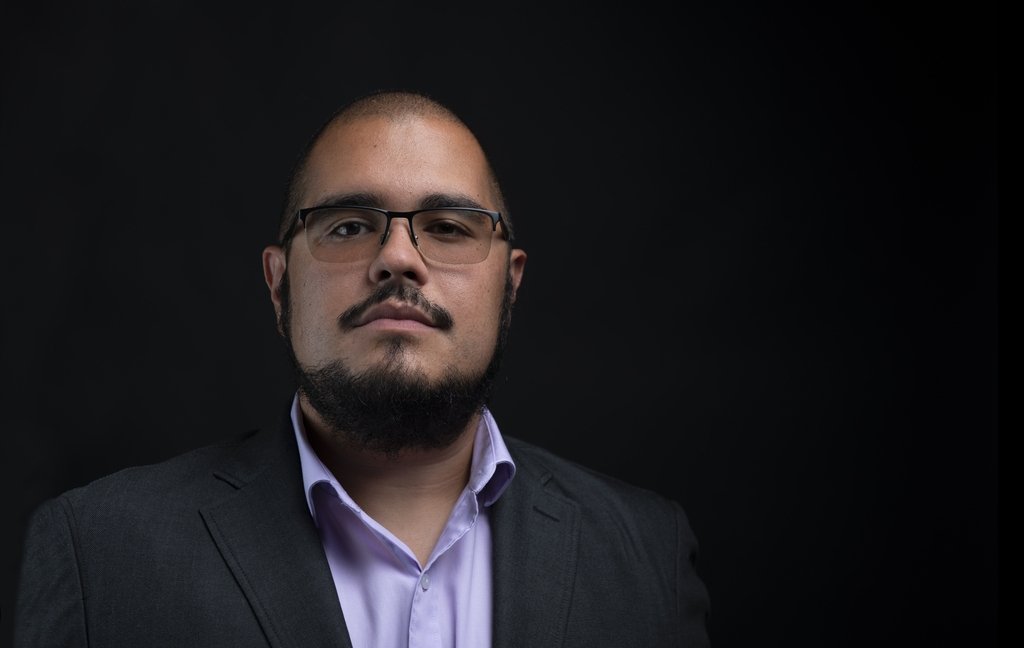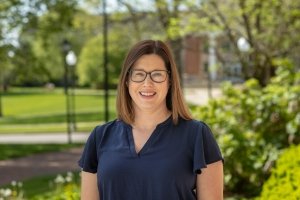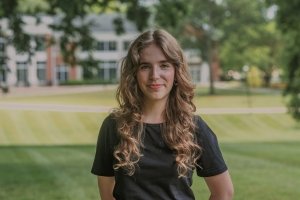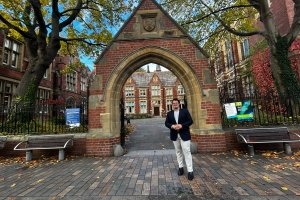Miami’s past a source of fascination for history professor's research

The city of Miami has long been a place of significance in the life of Assistant Professor of History Mauricio Castro.
It was the first place he visited in America, and it has been the focus of his research throughout his professional career.
“Miami has always been fascinating to me,” he said.
Castro first delved into the city in graduate school as he completed his master’s and doctorate work at Purdue University.
“It’s a very peculiar place, partly because of the Cuban presence, so I started looking at this, but it evolved over time,” he said.
Media coverage and political discourse around the city and its Cuban-American population has long focused on the anti-communist and anti-socialist leanings of the area and its conservative voting history. Castro, however, has sought to dig a little deeper into the history of the region and how American policy surrounding Cuban migration shaped the present.
“The project never aimed to really look at the community as a sort of political monolith. I tried to really understand it,” he said. “These things, like most things in history, are the result of decisions. … I went into it thinking about what decisions were made in the 1960s and how they set up a lot of success in the community — along with their own hard work, of course, I will never discount that.”
That grad school research has spawned many publications, including his first book, “Only a Few Blocks to Cuba: Cold War Refugee Policy, the Cuban Diaspora, and the Transformations of Miami,” published in 2024 by the University of Pennsylvania Press.

The book explains how Cuban refugees who made the 240-mile journey to Miami during the Cold War were seen by the U.S. government as a potential strategic asset in the fight against Fidel Castro and the global presence of communism.
“These refugees were welcomed and then they were expected to go back to Cuba and really fundamentally change the area,” Mauricio Castro said.
But the failed Bay of Pigs invasion in 1961 stalled regime change in Cuba and the refugees stayed in the U.S. And flourished.
Castro also researches and teaches on the intersection of history and pop culture, including a popular course titled Rock and Roll in the Post-War United States. But his primary focus remains Miami and the Cuban diaspora.
“Miami was the first place I visited in the United States. I was six years old and my parents tell me, ’We’ve saved up some money and we’re going to take you to Disney World,’” he remembered. “I was over the moon.”
Six-year-old Mauricio crafted a plan to use the Disney trip as an opportunity to put the English he had been learning into use.
“I’m thinking that I’m going to put together a few words, say something to somebody at a store — like a full sentence — and then I’ll feel like a big man,” he said.
But things didn’t go exactly as planned.
“I got to Miami, everybody spoke Spanish,” he laughed.
And his connection to Miami remains strong, with another book on the city’s history currently in the works.



